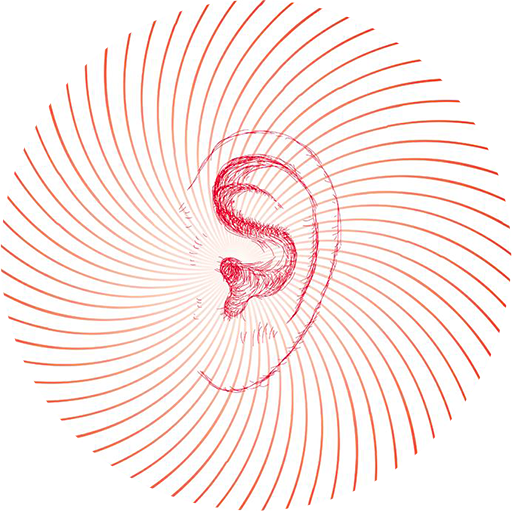To record the wide variety of sounds and acoustics in the markets and in the streets of Addis Ababa I mainly used the Sound Walking technique because it allows you to explore the places simulating a normal visit to a market while walking between the merchandise and the stores.
The sound of walking can also be used as a creative technique in fact, already in the moment when you choose where to linger, the speed of passage on the sound, the possibility of go back, you’re making an important decision that made a subjective recording mark.
A soundwalk is a walk with a focus on listening to the environment. The term was first used by members of the World Sound Scape Project under the leadership of composer R. Murray Scaefer in Vancouver in the 1970s. Hildergard WestKamp from the same group of artists, defines soundwalking as
“A soundwalk is any excursion whose main purpose is listening to the environment. It is exposing our ears to every sound around us no matter where we are. We may be at home, we may be walking across a downtown street, through a park, along the beach; we may be sitting in a doctor’s office, in a hotel lobby, in a bank; we may be shopping in a supermarket, a department store, or a Chinese grocery store; we may be standing at the airport, the train station, the bus-stop. Wherever we go we will give our ears priority. They have been neglected by us for a long time and, as a result, we have done little to develop an acoustic environment of good quality.
Listening in that way can be a painful, exhausting or a rather depressing experience, as our ears are exposed often to too many, too loud or too meaningless sounds. Trying to ignore them, however, makes even less sense. Since we cannot close our ears, we cannot help hearing all sounds. No matter how hard we try to ignore the input, the information enters the brain and wants to be processed. Physically and psychically, we still have to compensate for any noise even if our ears perceive it unconsciously. In addition and most importantly, we desensitize our aural faculties by shutting out sounds and thereby not allowing our ears to exercise their natural function.
Unless we listen with attention, there is a danger that some of the more delicate and quiet sounds may pass unnoticed by numbed ears and among the many mechanized voices of modern soundscapes and may eventually disappear entirely. Our first soundwalk is thus purposely exposing listeners to the total content of their environmental composition, and is therefore very analytical. It is meant to be an intense introduction into the experience of uncompromised listening.
A soundwalk can be designed in many different ways. It can be done alone or with a friend (in the latter case the listening experience is more intense and can be a lot of fun when one person wears a blindfold and is led by the other). It can also be done in small groups, in which case it is always interesting to explore the interplay between group listening and individual listening by alternating between walking at a distance from or right in the middle of the group. A soundwalk can furthermore cover a wide area or it can just centre around one particular place. No matter what form a soundwalk takes, its focus is to rediscover and reactivate our sense of hearing.
The first soundwalk can be done anywhere, at any time, and as often as desired. For the sake of intensity it may be wise to limit the walk initially to a small area or even to one particular spot. Different people may spend varying lengths of time on this walk. In each case it depends on how long it takes to remove the initial hearing barriers, how deep the involvement is and how much fascination can be found in such an exploration.”






